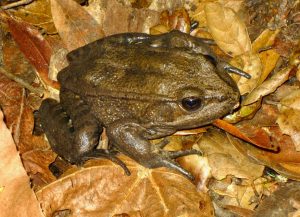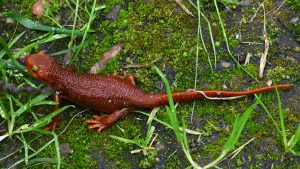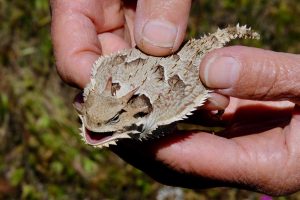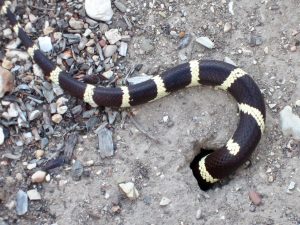Wednesday, March 6: Central California’s Amphibians and Reptiles: Diversity and Beauty

California Red-legged Frog (seen here in Santa Ynez Valley) is federally listed as Threatened, and its population has declined due to various threats, such as habitat loss, climate change, and chytrid fungus. Photo by John Evarts.
Free Zoom presentation with Dr. Rayna Bell
This webinar took place Wednesday, March 6, 2024.
View the recording of the webinar at this link: Central California’s Amphibians and Reptiles

California Newt (seen here at Arroyo Hondo) is endemic to the state, and although they are toxic to many potential predators, they are threatened by nonnative fish species that eat their eggs. Photo by John Evarts.
Reptiles and amphibians are often overlooked as part of our local wildlife, but they are a diverse and fascinating group important to their habitats and vulnerable to climate change. Dr. Rayna Bell of the California Academy of Sciences is an evolutionary biologist whose research on amphibians and reptiles seeks to understand the evolution of their diversity as a key to understanding their vulnerabilities and potential strengths as our natural world changes. Her presentation this evening will highlight the uniqueness and beauty of amphibian and reptile species of California and especially of our area.

Blainville’s Horned Lizards are found in dryer, sandy habitats of cismontane California, such as his specimen in Cuyama Valley. Photo by John Evarts.
With a doctorate in Ecology and Evolutionary Biology from Cornell University, Dr. Bell was a Research Scientist and Curator of Amphibians and Reptiles at the National Museum of Natural History before joining the California Academy of Sciences as Curator of Herpetology. She has studied a variety of frog species around the world, and with her research group at the Academy, studies the evolution, ecology, and conservation of reptiles and amphibians.









